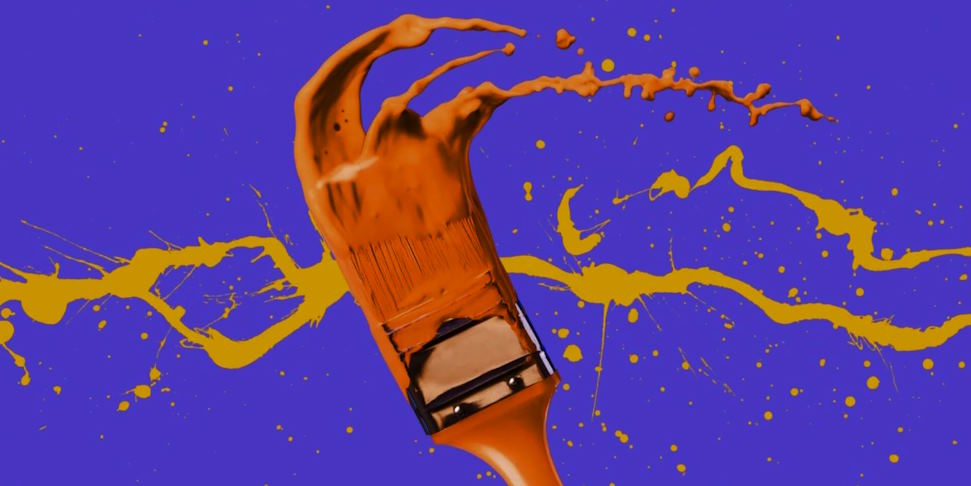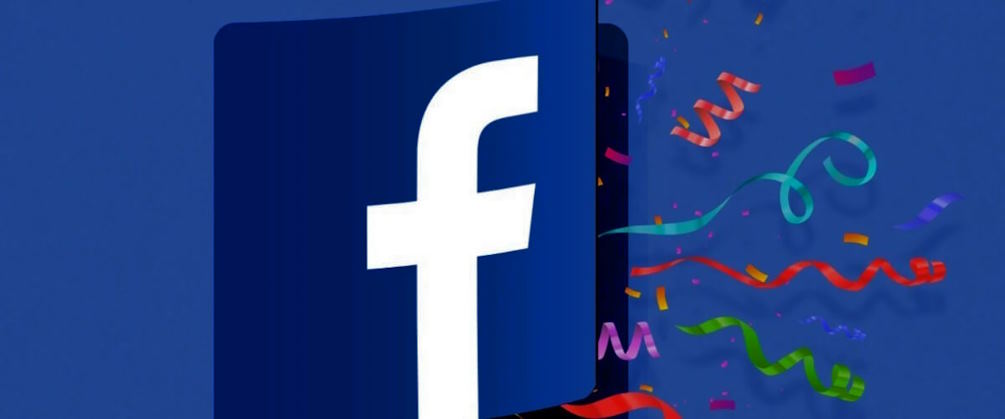
Color is a silent but potent communicator in design, evoking emotions, conveying messages, and influencing behavior. Let’s explore real-world design examples that harness the principles of color psychology to create memorable and effective experiences. We’ll analyze how color choices contribute to the success of each design.
Coca-Cola: Red, the Color of Energy and Excitement
Color: Red
Analysis
Coca-Cola’s iconic red branding is synonymous with energy, excitement, and passion. The choice of red aligns with the brand’s message of refreshment and enjoyment. Red stimulates appetite and creates a sense of urgency, making it a perfect fit for a beverage company that aims to quench your thirst and provide a satisfying experience.
Apple: Minimalistic Elegance with White and Silver
Colors: White and Silver
Analysis
Apple’s design ethos is synonymous with clean, minimalist elegance. White and silver in their product designs convey simplicity, sophistication, and innovation. White represents purity and simplicity, while silver adds a touch of modernity and luxury. These color choices reflect Apple’s commitment to user-friendly technology with a premium feel.
Spotify: Green for Growth and Harmony
Color: Green
Analysis
Spotify, a music streaming platform, uses green as its dominant color. Green symbolizes growth, harmony, and renewal. For a company that aims to connect people with music and artists, green reflects Spotify’s mission to foster a harmonious relationship between listeners and musicians, nurturing musical exploration and discovery.

FedEx: Purple and Orange for Trust and Speed
Colors: Purple and Orange
Analysis
FedEx, a global shipping company, combines purple and orange in its branding. Purple signifies trust and reliability, assuring customers that their packages are safe in FedEx’s hands. Orange adds an element of speed and urgency, assuring clients of quick and efficient delivery services. This combination of colors reassures customers while emphasizing the company’s efficiency.
Facebook: Blue for Trust and Connectivity
Color: Blue
Analysis
Facebook’s primary color, blue, is associated with trust, reliability, and connectivity. It aligns with the platform’s goal of connecting people and fostering community. Blue creates a calming effect, making users feel safe and comfortable while engaging on the platform.
Target: Red for Excitement and Value
Color: Red
Analysis
Target, a retail giant, uses red in its logo and branding. Red signifies excitement, attracting shoppers and encouraging them to explore the store’s offerings. Red also conveys a sense of value and affordability, making customers feel they’re getting a great deal.
Tiffany & Co.: Iconic Blue for Luxury
Color: Tiffany Blue
Analysis
Tiffany & Co. has trademarked its iconic blue color. This shade of blue represents luxury, exclusivity, and elegance. It has become synonymous with high-end jewelry and gift-giving. The use of this color elevates the brand and makes it instantly recognizable.
In conclusion, these real-world design examples illustrate the profound impact of color psychology on branding and user experience. The careful selection of colors aligns with each brand’s goals, values, and messages, enhancing their effectiveness and memorability. By understanding the psychological nuances of color, designers can create designs that resonate with their target audience on a deeper level, forging lasting connections and conveying meaningful messages.
